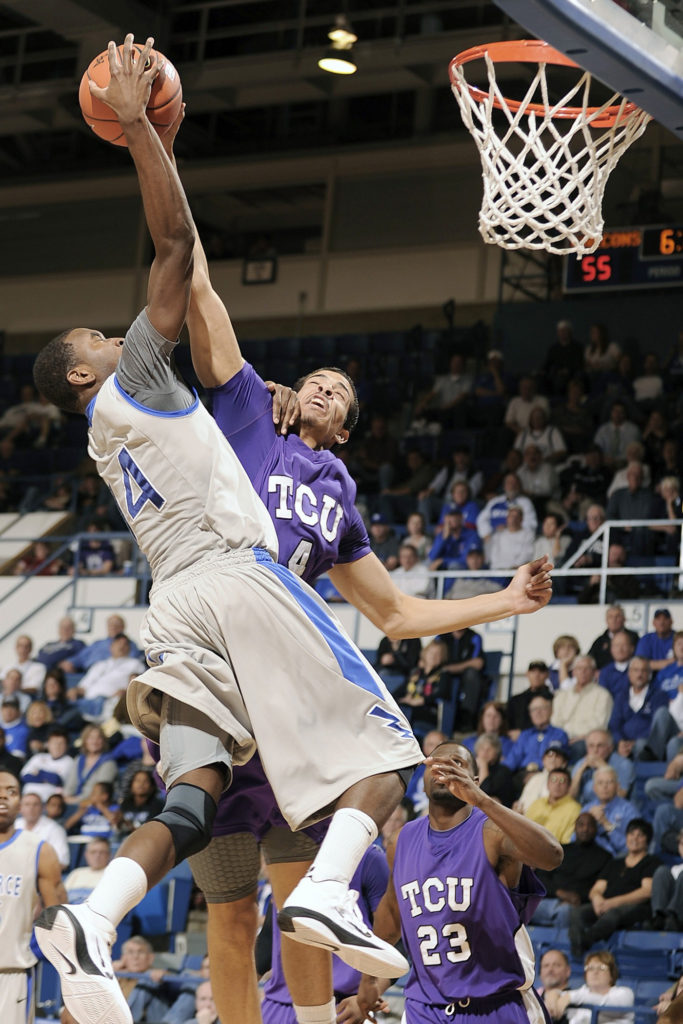Like most people, we all have spent time logging miles on a treadmill. When we first start running, our goal might be to just finish a distance or time without stopping. At first, when we measure our heart rate during these initial runs, it is usually through the roof. As we continue our progress each day we notice that we can go faster, go a longer distance, and our heart rate is lower. All combined, a measure of efficiency.
Why is it then that if we are invited to maybe a pick-up game of basketball or a totally irrelated sport, we are out of breath and it can feel like we are out of shape and starting all over again. We are supposed to be in better shape, but now we are sucking air and too tired to hit a good jump shot. We then realize that our training has not prepared us to be well rounded and fit.
As leaders of business, we face this all the time and we don’t even know it. We try to develop our emerging leaders to go faster, go for longer amounts of time, and become efficient. These measurements are important if your organizations only goal is to do the same thing over an over, i.e. run on a treadmill.
Companies that want to be innovative and change with the times must work on their “jump shots” as well. Their ability to recognize that the development programs for their emerging and future leaders must be more well-rounded. Conversations must go beyond the core metrics such as sales performance and operating efficiency and talk about people development, strategic thinking, and innovative ideas. These latter skills must be developed, not just left to chance.
Senior Executives must get outside their comfort zone and look past the basic financial performance indicators as a barometer for promoting their future leaders. Although a future leader’s ability to produce results is still one of the top criteria, the candidate must be analyzed for their ability to develop their teams, develop themselves, carry out the organization’s vision, and effectively communicate. If you are running on the treadmill of business, you might be only measuring what seems to be the most important indicators.
An organization that is committed to innovation and the development of their leaders must have programs to push their emerging leaders outside their comfort zones in all areas of their development. Start with looking at what the criterion is for promoting your next leaders. What are the things you place importance on?
A great exercise is to ask yourself, outside of their ability to produce results, what is the second most important skill the emerging leader needs to be successful at the next level. Ask yourself on a scale of 1-10, where that emerging leader ranks and then act accordingly. Repeat this step moving down the required skill sets needed to be successful.
This will help the organization to have well-prepared leaders and to not promote someone that is just on a hot streak. The ability to push someone beyond their comfort zone will get them outside the rut that they may be in. Boiling Frog Development rapidly develops emerging leaders by helping organizations know where their leaders are and helping them find the best version of themselves.






